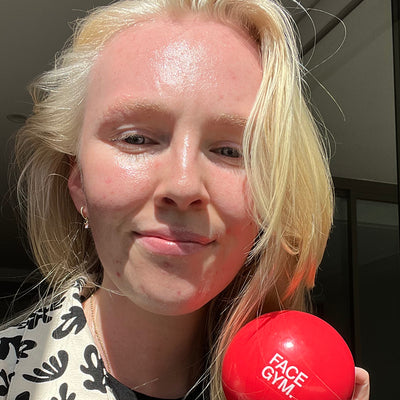We’re well into the second month of the year already (hooow), but if you’re anything like us, your sleep schedule is still a lil’ out of whack. Now Go-To HQ in Sydney could totally blame it on the humidity, but it’s more likely (highly likely) we’re struggling to break some of the fun-but-cumbersome habits established during the holiday season: a glass of wine with dinner, a few too many Netflix episodes, snoozing the first alarm…
To help curate a healthier bedtime routine, we pleaded with the team at Sheet Society for some expert advice. Here are their top five very achievable tips to fixing your sleep schedule so you don’t nod off at the office.
1. Temperature plays a big role in the quality of your sleep. Bigger than you think! Anywhere between 15-19 degrees is the supposed sweet spot, allowing you to feel comfy as opposed to claustrophobic, while under the covers. You also want to ensure you’re choosing the best bed sheets for you: if you’re a hot sleeper you might like linen, and if you’re a cold sleeper something like a sateen cotton might serve you better. This will help with the tossing and turning at night. Sheet Society Founder and sleep extraordinaire, Hayley Worley, even goes so far as to pick only calming and natural colours for the bedroom, “I’ve got a warm and neutral camel colour combined with sage green currently”. Do what works for you.
2. Make sure your bedroom is dark. Real dark. A lack of light (bluelight, streetlights etc) is going to help stimulate the production of melatonin aka the sleepiness hormone. This hormone also helps with the regulation of your circadian rhythm - your internal body clock. If you don’t have dark curtains an eye mask can work wonders too.
3. Make an effort to really relax your mind whether it’s via a guided meditation, a super chill playlist, or a few chapters of your book to get you in the mood for bed. If you had a particularly heinous day at work, get any last thoughts/to-do’s out of your head and on paper to avoid them bouncing around your brain any longer. Whatever you do, try your hardest to not look at your phone for the last hour before sleep.
4. Calming the body creates space for rest too. And this doesn’t mean you have to carve out 30 minutes for a full body stretch, it can be as simple as sipping on a sleepy tea, performing five really deep, restorative breaths to slow the heart rate, or better yet, a nourishing skincare routine to relax those facial muscles and truly unwind from the day.
5. Create an AM and PM routine, and be consistent with it. By going to bed at the same time each night and waking up at the same time each morning, you are sending your body covert signals about when it needs/is allowed to rest. Oh and there’s a strict no napping policy - this will only cause more confusion! (And let’s be honest, you never really feel better for it afterwards.)
















Comments